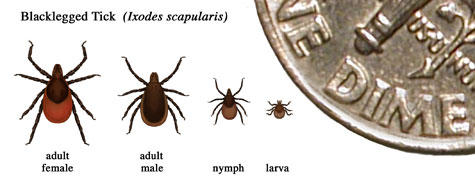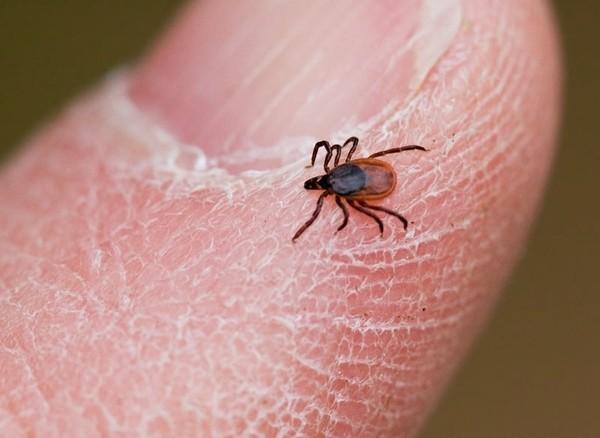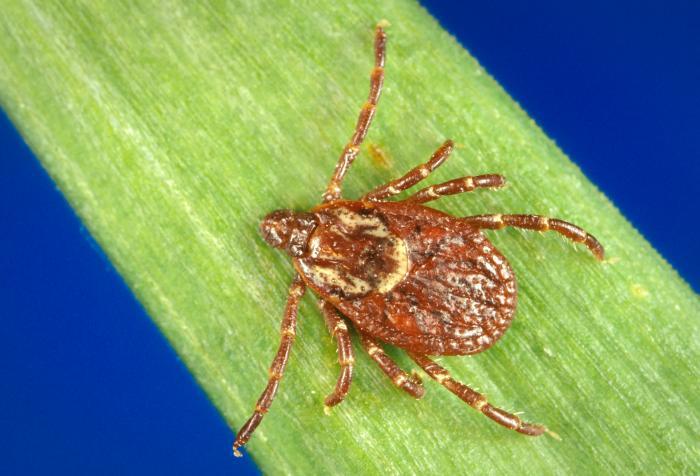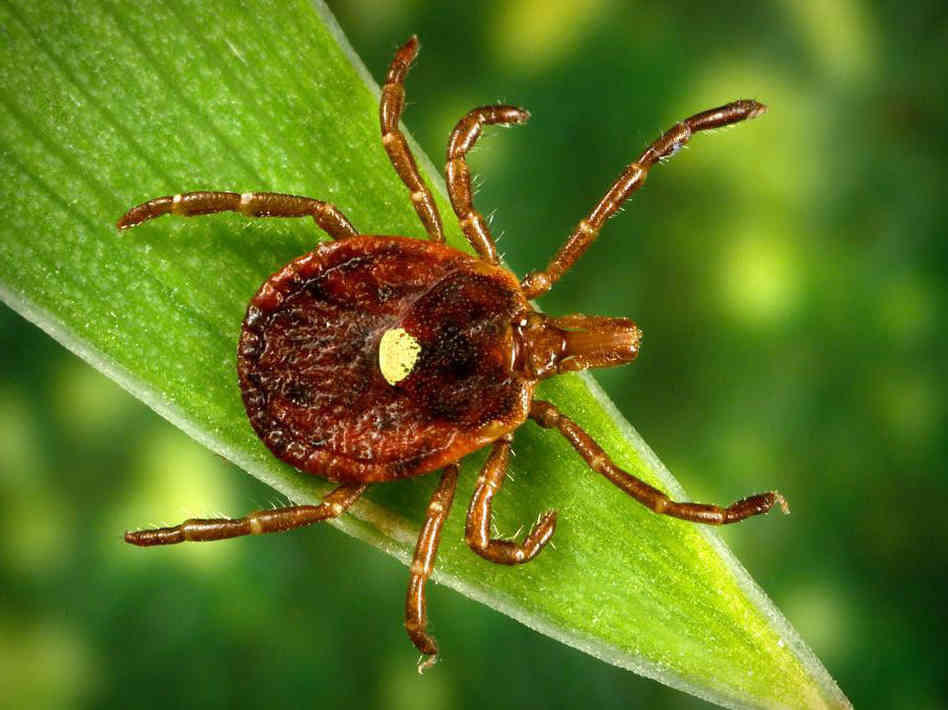
And the boom is happening in areas where ticks were relatively rare a few years ago.
Specifically, Russell says the black-legged tick population is expanding in Michigan. Those are the bad ones. The suckers that can transmit Lyme disease (you can find out what you need to know about Lyme disease here).
In an article for MSU Extension, Russell tells us just where these buggers are showing up:
"...more and more blacklegged ticks are showing up along the west coast of Michigan’s Lower Peninsula from Berrien County north to Grand Traverse County. Deer ticks have also been recently found in Ingham, Ionia and Genesee counties."
Here's what officials from the Centers for Disease Control and Prevention say are the symptoms of Lyme disease:
Typical symptoms include fever, headache, fatigue, and a characteristic skin rash called erythema migrans. If left untreated, infection can spread to joints, the heart, and the nervous system.
To keep ticks from setting up camp on you or your pet, here are some things to know.
5 things to know about ticks in Michigan:
1) There are three species of ticks that are the most commonly encountered in our state.
The blacklegged or deer tick
The American dog tick
And the lone star tick
2) You can try to avoid typical tick habitat (they like game trails and brushy areas) and the CDC recommends walking in the center of trails, but Howard Russell says he's been getting calls from more people who are finding ticks in their backyards.
3) If you want to, the CDC says you can also "use repellants that contain 20% or more DEET (N, N-diethyl-m-toluamide) on the exposed skin for protection that lasts up to several hours."
More from the CDC:
Always follow product instructions. Parents should apply this product to their children, avoiding hands, eyes, and mouth. Use products that contain permethrin on clothing. Treat clothing and gear, such as boots, pants, socks and tents. It remains protective through several washings. Pre-treated clothing is available and remains protective for up to 70 washings. Other repellents registered by the Environmental Protection Agency (EPA) may be found at http://cfpub.epa.gov/oppref/insect/."
4) After you've been outdoors in areas where you suspect there might be ticks, Russell recommends doing a thorough tick check on yourself, your kids and your pets. The CDC has more recommendations on just how to do tick checks:
Bathe or shower as soon as possible after coming indoors (preferably within two hours) to wash off and more easily find ticks that are crawling on you.
Conduct a full-body tick check using a hand-held or full-length mirror to view all parts of your body upon return from tick-infested areas. Parents should check their children for ticks under the arms, in and around the ears, inside the belly button, behind the knees, between the legs, around the waist, and especially in their hair.
Examine gear and pets. Ticks can ride into the home on clothing and pets, then attach to a person later, so carefully examine pets, coats, and day packs. Tumble clothes in a dryer on high heat for an hour to kill remaining ticks.
5) If you find an attached tick, Russell writes there's a right way, and a wrong way to remove them.
If an attached tick is found, it should be removed by placing tweezers near the head and gently pulling it off. Be careful not to squeeze the tick as this can inject more toxins into the wound. Keep in mind that ticks cannot feed immediately after attaching.
They require several hours to imbed their mouthparts deep enough to take a bloodmeal. An unfed, or un-engorged, tick is quite small and flat, but a fully engorged American dog tick looks like a small grape.
Russell says if you're not sure what kind of tick you have, you can put it in a vial of rubbing alcohol and send it to the MSU Diagnostic Services. They'll identify it for you.


